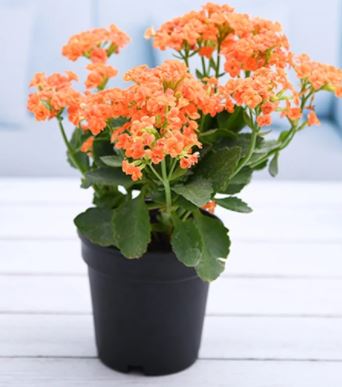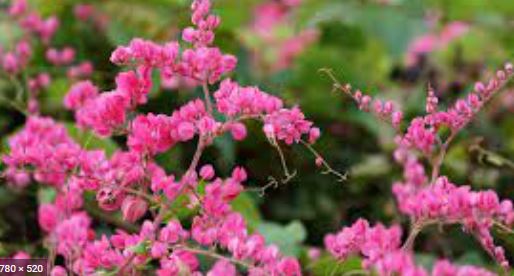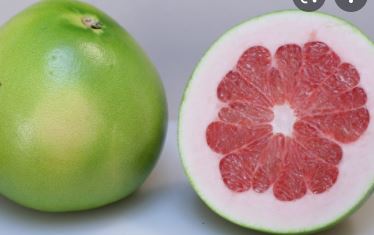Draw the portion of the specimens where it shows where their specialized structure is located and indicated and also show its specialized function. Specimens: Kalanchoe, cadena de amor, and suha.
Microscopic examination
The analysis of minute organisms, cellular organization of any biological structure, and composition of body fluids with the help of a microscope is known as microscopic examination. The magnification of specimens or samples under study helps in attaining a clearer picture of it.
Gram Staining
Named after Hans Christian Gram, a Danish bacteriologist, Gram stain is one of the most powerful staining techniques within microbiology. This technique was introduced in 1882 to identify pneumonia-causing organisms. The Gram staining technique uses crystal violet or methylene blue as primary staining colors to distinguish gram-positive from gram-negative organisms. Under a microscope, the gram-positive organisms appear purple-brown, retaining the primary color. Gram-negative organisms appear pink or red as they do not acquire the color of the primary stain.
Draw the portion of the specimens where it shows where their specialized structure is located and indicated and also show its specialized function.
Specimens: Kalanchoe, cadena de amor, and suha.
Kalanchoe
- Kalanchoe representing crassulacean acid plants (CAMP.) which are recognized as a photosynthetic pathway distinct from C3 and C4 plants.
- These plants are termed as succulent plants, characterized by thick stems and leaves modified for water and acid storage.
- Mesophyll cells of kalanchoe plants are not usually differentiated into palisade and spongy parenchyma.
- These tends to be less free air space between mesophyll cells of C3 and C4.

Antigonon leptopus
- This is a perennial tendril member of the buckwheat (Polygonaceae) family commonly found in tropical Asia, Africa, the Caribbean and the Americas.
- Its common names include cadena de amor, flores kadena, bride's tears, chain-of-love and confederate vine.

Pomelo
- It is the largest citrus fruit, with a very thick green to yellow rind and yellow to pink flesh.
- It is also called suha fruit in the Philippines.
- In the Chinese cuisine, the thick rind is oftener dried and used for flavoring or candied and used in desserts.

Step by step
Solved in 4 steps with 7 images









